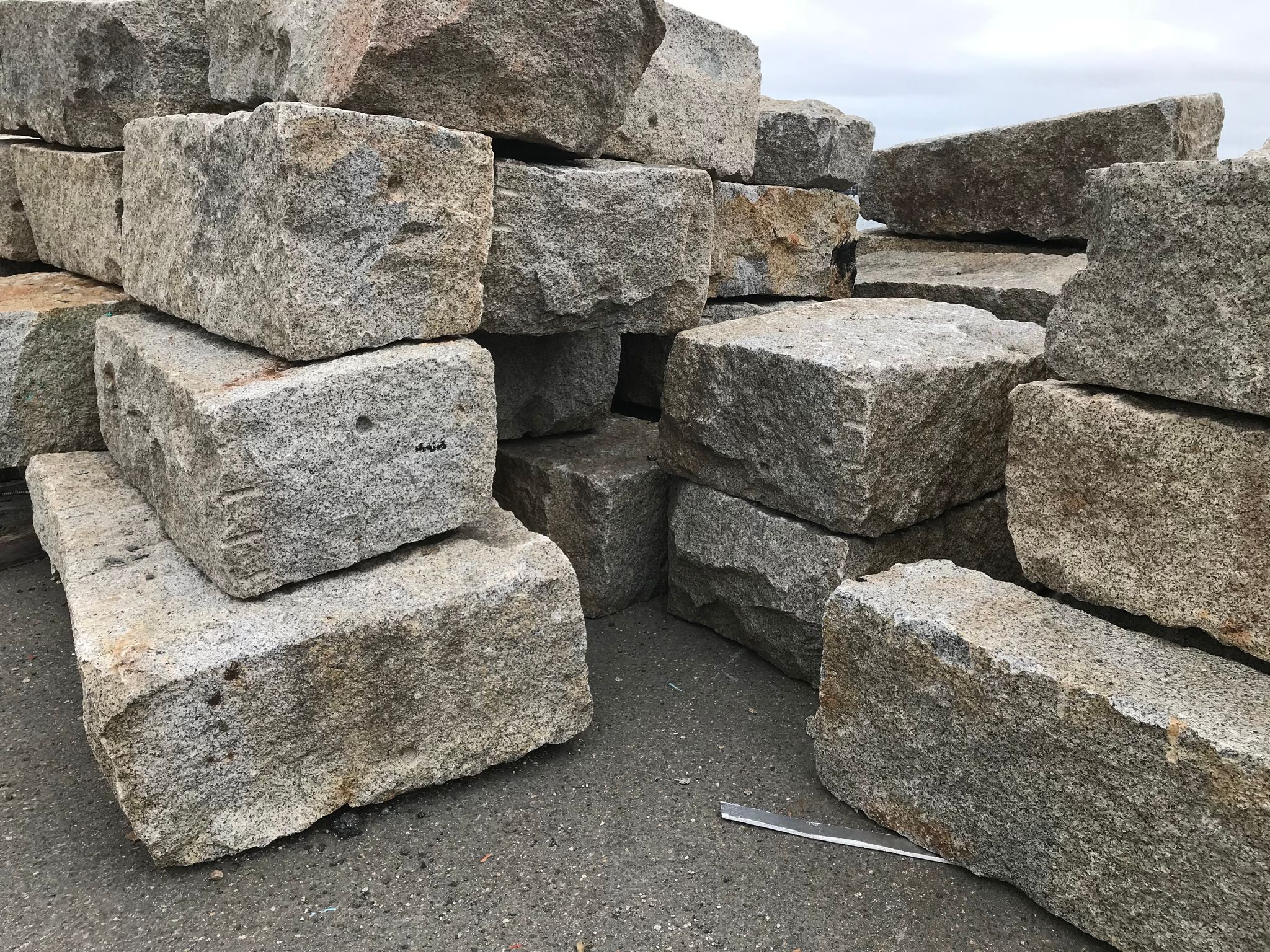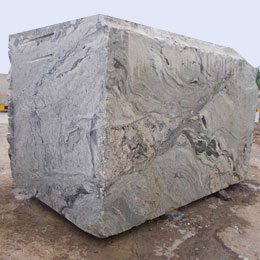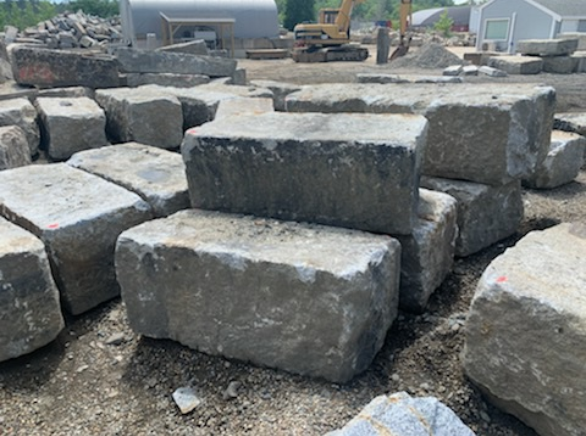Granite Quarries in Rustenburg: How Granite Extraction Shapes Rustenburg's Socio-Economic Landscape
Wiki Article
From Stone to Natural Beauty: Unearthing the Tricks of Granite Quarries
' From Rock to Splendor: Discovering the Keys of Granite Quarries' is an exploration into the remarkable globe of granite quarries. This extensive research explores the background, removal process, tools, and strategies used in granite quarrying. It likewise loses light on the improvement of raw granite right into building wonders, showcasing the complex craftsmanship entailed in creating magnificent structures. In addition, the book takes a look at the impact of granite quarries on the atmosphere, providing beneficial insights into sustainable techniques and environmental conservation. With its thorough study and interesting story, 'From Rock to Grandeur' provides an useful source for specialists, scientists, and lovers in the field of quarrying and design.The Background of Granite Quarries

In old Egypt, granite quarries were strategically located along the Nile River, offering simple accessibility to transfer the heavy stone blocks. The renowned pyramids of Giza, consisting of the Terrific Pyramid, were created making use of granite sourced from these quarries. In ancient Greece, the island of Naxos was renowned for its top notch white marble, which was quarried and made use of in the construction of renowned structures like the Parthenon.
The Roman Realm additionally counted greatly on granite quarries, particularly in the construction of their grand architectural projects. The Colosseum in Rome, for example, was constructed using granite sourced from quarries in Egypt and Greece. The Romans additionally progressed the quarrying strategies, using experienced artisans and engineers to essence and transportation granite throughout large distances.
Today, the heritage of these old granite quarries remains to inspire contemporary style and building. The understanding and competence obtained from centuries of quarrying have actually been passed down through generations, making sure that granite continues to be a valued and desired building product.
The Removal Process of Granite
Having actually checked out the historic relevance of granite quarries, we now explore the complexities of the removal process, which is an important action in changing raw stone right into the spectacular structure product it ends up being. The extraction process of granite entails a number of stages, starting with the first expedition and identification of prospective quarry sites. Once an ideal website is located, the removal procedure starts with the removal of overburden, which refers to the dirt, greenery, and various other materials covering the granite down payment.This involves boring holes right into the granite making use of specialized equipment and then inserting dynamites right into the openings. The explosives are detonated, fracturing the granite into convenient items.
As soon as the granite is broken down into smaller dimensions, it is filled onto trucks or conveyor belts and moved to a processing facility. At the handling center, the granite is further improved through cutting, shaping, and polishing processes. granite quarries in rustenburg. This is done utilizing various cutting and brightening devices, such as mills, polishers, and saws, to accomplish the wanted size, surface, and form
Tools and Methods Made use of in Granite Quarrying
Granite quarrying involves the use of a selection of strategies and tools to draw out the rock from the planet's surface. These devices and strategies have actually progressed gradually, coming to be more efficient and innovative. Among the main devices made use of in granite quarrying is the diamond cable saw. This device includes a cable embedded with ruby grains, which are able to puncture the granite with precision and ease. The cord is attached to an equipment that controls the stress and speed, permitting regulated and precise cutting.One more important device in granite quarrying is the exploration maker. When the dynamites are detonated, they fracture the granite, making it easier to remove from the quarry.
In enhancement to these tools, there are numerous techniques used in granite quarrying. One technique is referred to as blasting, where nitroglycerins are utilized to damage the granite into smaller pieces. One more strategy is called diamond cord cutting, where a cord embedded with ruby grains is made use of to cut with the granite. These strategies, together with the use of sophisticated machinery, have made granite quarrying extra efficient and much less my site labor-intensive. They have likewise enabled the extraction of bigger and more exact pieces of granite.
Changing Raw Granite Into Architectural Marvels
After the extraction procedure, the raw granite undergoes a transformative trip to end up being breathtaking architectural marvels. The drawn out granite blocks are carried to a construction center where they are cut into slabs of numerous thicknesses making use of sophisticated cutting devices such as ruby wire saws.When the pieces are ready, they can be further processed to satisfy details style requirements. Skilled artisans use sophisticated equipment and tools to form the granite into preferred kinds, such as counter tops, floor covering tiles, or detailed sculptures. This process needs meticulous interest to information and competence to ensure that the final item meets the best standards.
Next, the ended up granite pieces are very carefully evaluated for any flaws or flaws. Any kind of small defects are attended to, and the items are meticulously cleaned up to get rid of any kind of dust or debris. Ultimately, the changed granite is packaged and gotten ready for transport to its intended destination.

The Effect of Granite Quarries on the Setting
The environmental influence of granite quarries is a significant worry that must be attended to in order to ensure sustainable techniques in the stone industry. Granite quarries can have a damaging effect on the surrounding atmosphere, consisting of the destruction of environments, contamination of air and water, and the generation of too much noise and dust.Among the primary worries is the destruction of natural habitats. Granite quarries usually involve the elimination of large amounts of vegetation and topsoil, causing the displacement of wild animals and interruption of communities - granite quarries in rustenburg. This loss of biodiversity can have resilient consequences for the surrounding environment
One more significant concern is the pollution of air and water. Quarrying activities can release dangerous toxins right into the atmosphere, such as particulate matter and harmful gases. These contaminants can add to air contamination and have adverse health effects on both people and wild animals. Furthermore, the removal of granite can result in the contamination of nearby water sources with the discharge of chemicals utilized in the quarrying process.

To minimize these environmental influences, the rock market have to adopt lasting techniques. This includes applying steps to decrease habitat damage, boosting air and water pollution controls, and carrying out reliable dust and noise suppression methods. In addition, recovery efforts ought to be embarked on to recover quarried areas to their natural state and support the regrowth of biodiversity.
Verdict
In verdict, granite quarries have actually played a substantial role in shaping human history and continue to contribute to architectural wonders. Recognizing the secrets of granite quarries enables us to appreciate the workmanship and appeal that can be acquired from this all-natural source.' From Rock to Splendor: Unearthing the Secrets of Granite Quarries' is an exploration into the interesting world of granite quarries. The history of granite quarries can be traced back to ancient times, with evidence of quarrying activities found in old Egypt, Greece, and Rome. The Colosseum in Rome, for instance, was built using granite sourced from quarries in Egypt and Greece - granite quarries in rustenburg. These strategies, along with the usage of sophisticated equipment, have actually made granite quarrying more effective and less labor-intensive. In addition, the extraction of granite can result in the contamination of neighboring water sources via the discharge of chemicals utilized in the quarrying procedure
Report this wiki page